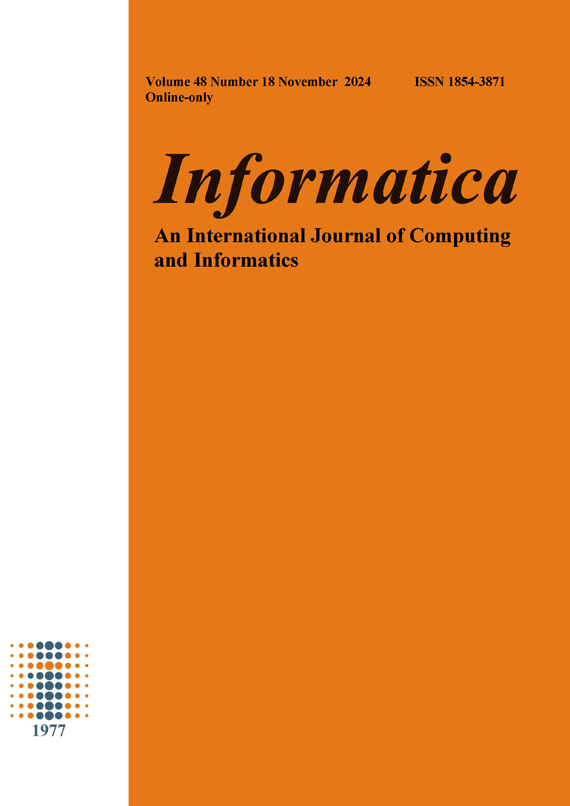RREASO Building Structure Physical Parameter Identification Algorithm for Structural Damage Identification
DOI:
https://doi.org/10.31449/inf.v48i18.6156Abstract
With the intensification of human modernization, civil engineering and building structures have become increasingly complex. Their safety hazards have also emerged. Therefore, scientific structural parameter identification algorithms are particularly crucial for health monitoring of current complex building structures. Based on this, the traditional atomic search optimization algorithm is improved ground on the roulette wheel selection strategy, random walk strategy, elite selection strategy, and substructure technology. The numerical simulation experiment results showed that the improved method performed better than the atomic search optimization algorithm in identifying structures with more degrees of freedom. The maximum relative errors for substructure and full structure stiffness identification of the improved algorithm were 13% and 43.1%, respectively, indicating that the combination of the improved algorithm and substructure identification method had better structural parameter identification results. In real structural parameter identification experiments, the identification error of the improved algorithm was less than 10%, the identification stiffness was reduced to 58.9%, and the relative error was around 10%, which was better than the traditional atomic search optimization algorithm. This indicates the effectiveness and feasibility in identifying building structural parameters, which is essential to ensure the safety and durability of real engineered structures.
Downloads
Published
Issue
Section
License
I assign to Informatica, An International Journal of Computing and Informatics ("Journal") the copyright in the manuscript identified above and any additional material (figures, tables, illustrations, software or other information intended for publication) submitted as part of or as a supplement to the manuscript ("Paper") in all forms and media throughout the world, in all languages, for the full term of copyright, effective when and if the article is accepted for publication. This transfer includes the right to reproduce and/or to distribute the Paper to other journals or digital libraries in electronic and online forms and systems.
I understand that I retain the rights to use the pre-prints, off-prints, accepted manuscript and published journal Paper for personal use, scholarly purposes and internal institutional use.
In certain cases, I can ask for retaining the publishing rights of the Paper. The Journal can permit or deny the request for publishing rights, to which I fully agree.
I declare that the submitted Paper is original, has been written by the stated authors and has not been published elsewhere nor is currently being considered for publication by any other journal and will not be submitted for such review while under review by this Journal. The Paper contains no material that violates proprietary rights of any other person or entity. I have obtained written permission from copyright owners for any excerpts from copyrighted works that are included and have credited the sources in my article. I have informed the co-author(s) of the terms of this publishing agreement.
Copyright © Slovenian Society Informatika








